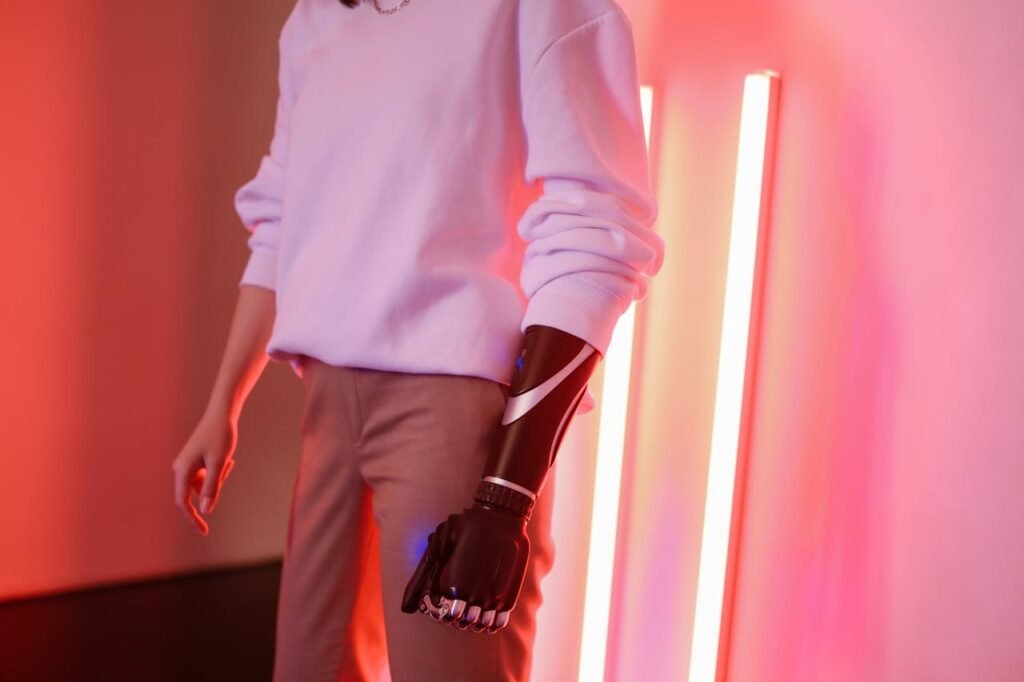Choosing a prosthetic limb is a deeply personal decision that impacts every aspect of daily life, from mobility and independence to confidence and comfort. With advancements in technology, prosthetics have evolved to offer a wide range of features tailored to specific needs and lifestyles. However, this variety can make the decision-making process overwhelming, especially for first-time users.
Selecting the perfect prosthetic limb for everyday use requires careful consideration of factors such as functionality, comfort, and compatibility with individual goals. This decision isn’t just about finding a device—it’s about choosing a partner that will support you in living life to its fullest.
Understanding Your Needs and Goals
The first step in choosing the right prosthetic limb is understanding your unique needs and goals. Every individual’s journey is different, and the ideal prosthetic should complement your lifestyle, activities, and aspirations.
Assessing Your Activity Level
One of the most important factors to consider is your daily activity level. Are you looking for a prosthetic that will support basic mobility, or do you need one designed for high-impact activities such as running, hiking, or playing sports?
For example, individuals with active lifestyles may benefit from high-performance prosthetics made from lightweight materials and equipped with advanced shock absorption.
On the other hand, those who primarily need a prosthetic for walking or performing household tasks might prioritize comfort and ease of use over specialized features.
By identifying your activity level, you can narrow down your options and focus on prosthetics that align with your physical demands.
Considering Functional Requirements
Prosthetic limbs come in a variety of designs, each tailored to specific functions. For instance, an upper-limb prosthetic may be designed for tasks requiring precision, such as writing or cooking, while a lower-limb prosthetic may focus on stability and balance.
It’s also important to think about the terrain or environments you navigate daily. If you frequently walk on uneven surfaces or encounter stairs, a prosthetic with advanced gait adaptation might be ideal.
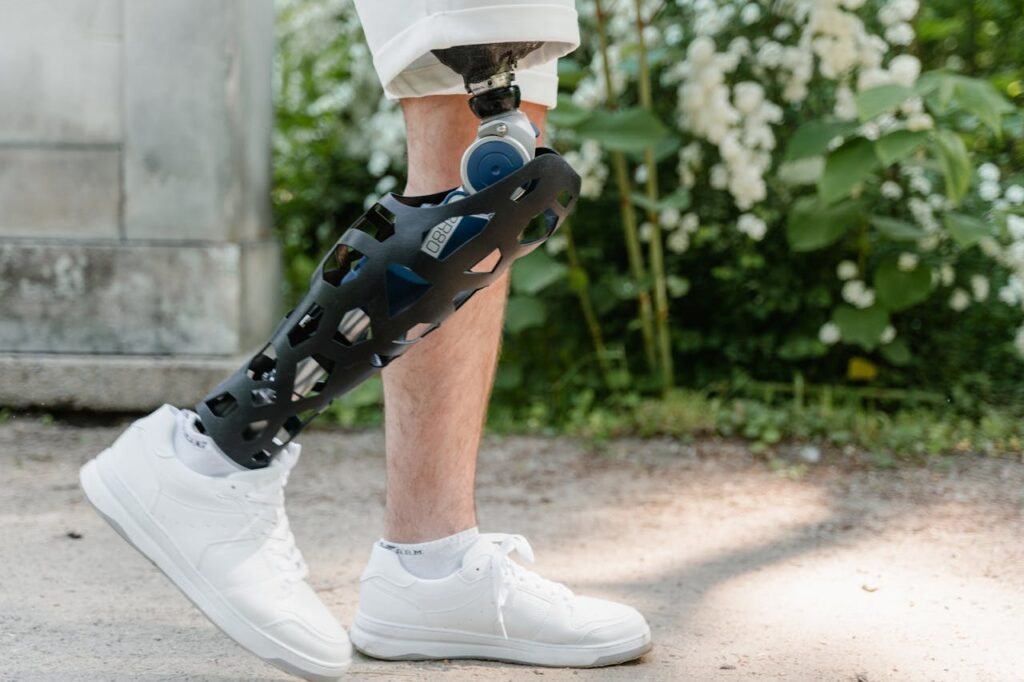
Similarly, if you need a prosthetic arm for manual labor, durability and grip strength will be key considerations.
Working closely with a prosthetist to define your functional requirements ensures that your chosen device supports your everyday needs.
Exploring Prosthetic Types and Features
The prosthetic limb market offers a wide range of options, each with unique features and benefits. Understanding these options is essential for making an informed decision.
Mechanical Prosthetics
Mechanical prosthetics are often the simplest and most affordable option. These devices rely on body movements or manual controls to operate, making them a practical choice for individuals seeking basic functionality.
For instance, a mechanical arm prosthetic might include a hook or split-hand design that allows users to grip objects with ease. Similarly, a mechanical leg prosthetic may feature a simple hinge mechanism that supports walking on flat surfaces.
While mechanical prosthetics lack the advanced features of their electronic counterparts, they are durable, lightweight, and easy to maintain—making them ideal for individuals who prioritize reliability.
Myoelectric Prosthetics
Myoelectric prosthetics are powered by muscle signals, offering a more intuitive and natural way to control the device. These prosthetics use sensors to detect electrical activity in the residual limb, translating it into precise movements.
For example, a myoelectric hand prosthetic might allow users to perform tasks such as picking up small objects, typing, or holding a coffee cup. Myoelectric legs, on the other hand, may include features such as powered knee joints or adaptive resistance, providing enhanced mobility and comfort.
While these devices are typically more expensive than mechanical prosthetics, their advanced functionality makes them a popular choice for individuals seeking greater versatility and control.
Considering Advanced Features for Everyday Use
As technology advances, prosthetic limbs are becoming more sophisticated, offering features that enhance functionality, comfort, and user experience. Understanding these features can help you identify the prosthetic that best suits your daily needs.
Adaptive Technologies
Adaptive technologies in prosthetics are designed to respond to the user’s movements and environment in real time. These features are particularly beneficial for individuals with active lifestyles or those who frequently navigate diverse terrains.
For example, a lower-limb prosthetic with microprocessor-controlled knees can adjust the level of resistance based on the user’s speed and stride, ensuring stability on stairs or uneven surfaces. Similarly, adaptive foot prosthetics can provide better energy return during activities like running or jumping.
These technologies are not only practical but also reduce the physical strain associated with prolonged use, making them a valuable addition for users seeking both performance and comfort.
Sensory Feedback Systems
Sensory feedback systems are a relatively new innovation that enhances the user’s connection to their prosthetic limb. By providing tactile or pressure feedback, these systems allow users to “feel” the objects they interact with, improving precision and control.
For instance, a prosthetic hand equipped with sensory feedback might vibrate gently to indicate the strength of a grip, preventing the user from crushing delicate objects. This feature is particularly useful for tasks requiring fine motor skills, such as writing or threading a needle.
While sensory feedback systems are still evolving, they represent a significant step toward creating prosthetics that feel like a natural extension of the body.
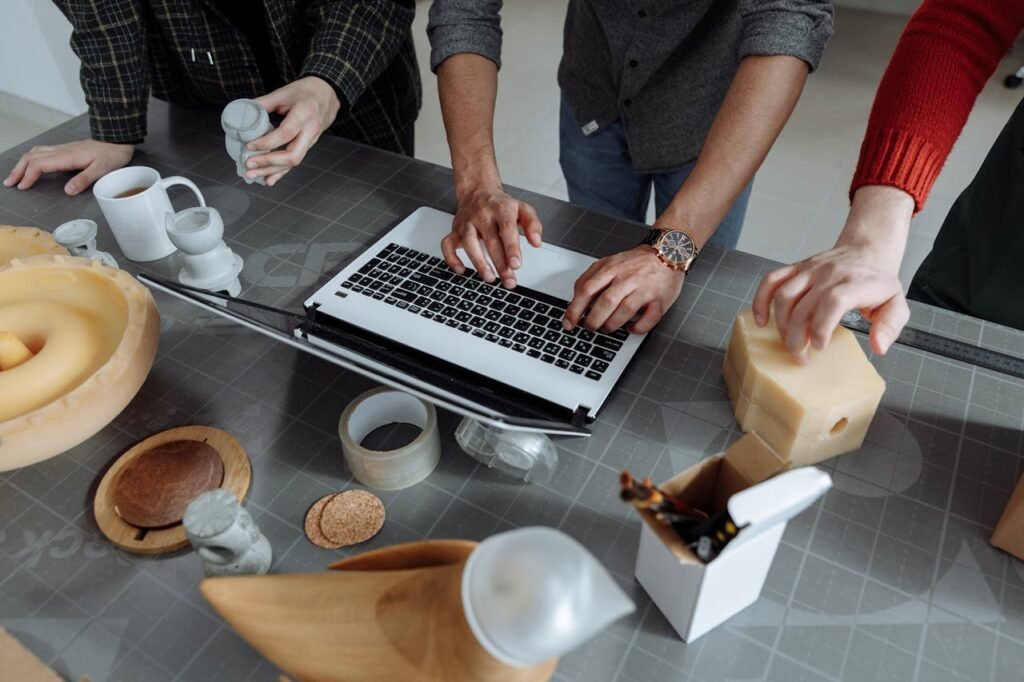
Customization Options
Customization plays a crucial role in ensuring that a prosthetic limb aligns with your personal preferences and lifestyle. Many manufacturers offer options to tailor the design, materials, and functionality of the device to suit individual needs.
For example, you might choose a prosthetic cover in a specific color or pattern that reflects your personality, or opt for a lightweight material that reduces fatigue during extended use.
Some users even work with designers to create artistic prosthetics that double as wearable art, transforming their device into a unique expression of identity.
Customization is not just about aesthetics—it’s about creating a prosthetic that fits seamlessly into your life and empowers you to feel confident and capable.
The Importance of Fit and Comfort
No matter how advanced a prosthetic limb is, its effectiveness depends on how well it fits and how comfortable it is to use. Ensuring a proper fit is critical for avoiding discomfort, irritation, and potential long-term complications.
Working with a Skilled Prosthetist
A skilled prosthetist is an invaluable partner in the process of selecting and fitting a prosthetic limb. They will assess your residual limb, discuss your goals, and recommend options that align with your needs.
During the fitting process, the prosthetist will create a custom socket that connects the prosthetic to your residual limb. This socket must fit snugly to provide stability without causing pressure points or irritation. The prosthetist may also adjust the alignment of the prosthetic to ensure optimal balance and functionality.
Regular follow-up appointments are essential to address any changes in fit or comfort over time. This ongoing relationship ensures that your prosthetic continues to meet your needs as your body and lifestyle evolve.
Exploring Suspension Systems
The suspension system of a prosthetic limb is responsible for keeping it securely attached to your body. Various options are available, each with its own advantages and considerations.
For example, suction suspension systems create a vacuum seal for a secure fit, while pin-lock systems use a locking mechanism to hold the prosthetic in place. Strap systems offer adjustability, making them ideal for individuals with fluctuating limb sizes.
The right suspension system will depend on your activity level, residual limb shape, and personal preferences. A prosthetist can help you explore these options and select the one that provides the best combination of comfort and stability.
Maintenance and Longevity of Your Prosthetic Limb
Once you’ve chosen the perfect prosthetic limb, maintaining it properly is crucial for ensuring its longevity and performance. Regular care not only prevents wear and tear but also enhances your experience by keeping the device functional and comfortable over time.
Establishing a Maintenance Routine
Everyday use exposes prosthetic limbs to stress, environmental factors, and potential damage. Establishing a maintenance routine is essential for keeping your device in optimal condition.
Begin by cleaning the prosthetic regularly to remove dirt, sweat, and oils that can accumulate on the socket and components. Use mild soap and water, and avoid harsh chemicals that could damage the materials. Dry the prosthetic thoroughly to prevent moisture-related issues, especially if your device includes electronic components.
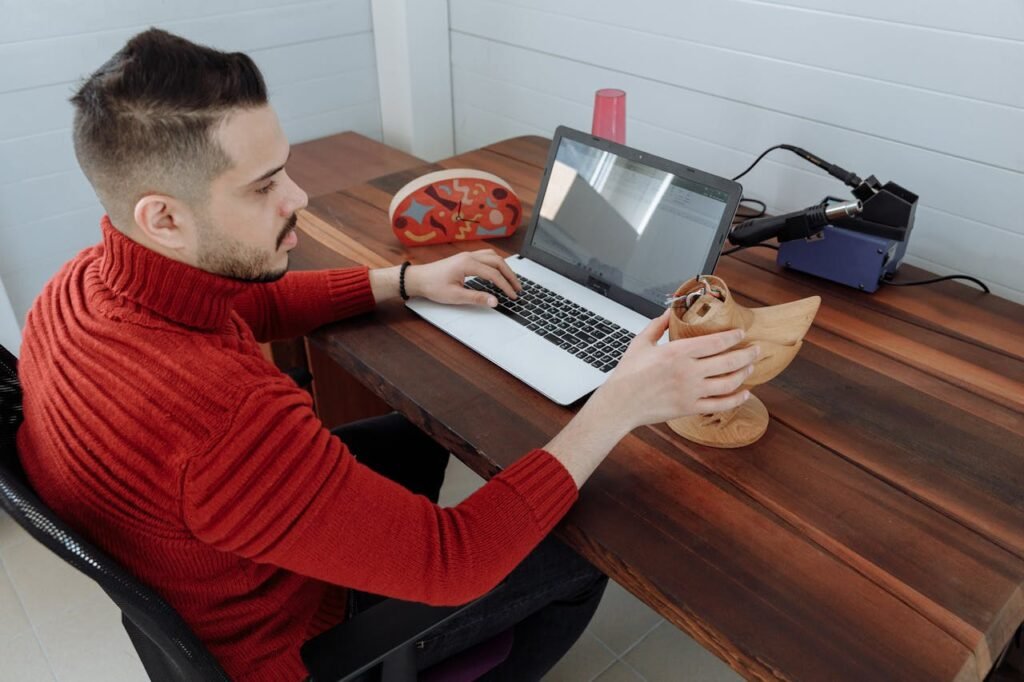
For mechanical or myoelectric prosthetics, inspect moving parts such as joints, hinges, and sensors to ensure they are functioning correctly. Any signs of wear, such as squeaking, stiffness, or reduced responsiveness, should be addressed promptly.
Regular maintenance also includes monitoring the fit of the socket. Changes in your residual limb, such as swelling or shrinkage, can affect the fit and comfort of the prosthetic. If you notice discomfort or instability, consult your prosthetist for adjustments.
Scheduling Professional Check-Ups
In addition to daily care, scheduling professional check-ups is vital for keeping your prosthetic in top shape. Your prosthetist will perform a thorough assessment of the device, checking for signs of wear, alignment issues, and potential improvements.
Routine check-ups also provide an opportunity to explore upgrades or modifications that can enhance your prosthetic’s functionality. For example, if you’ve started new activities or experienced changes in mobility, your prosthetist can recommend adjustments to better support your lifestyle.
By staying proactive about maintenance, you can extend the lifespan of your prosthetic and ensure it continues to meet your needs.
The Role of Psychological and Social Factors
Adapting to a prosthetic limb involves more than just physical adjustments—it’s also a psychological and social journey. The right prosthetic should not only empower you physically but also support your mental well-being and confidence.
Addressing Emotional Adaptation
The transition to using a prosthetic limb can bring a mix of emotions, from relief and optimism to frustration and self-doubt. Acknowledging these feelings is an important part of the adaptation process.
VR therapy, peer support groups, and counseling services can help individuals navigate the emotional aspects of using a prosthetic. Sharing experiences with others who have faced similar challenges often fosters a sense of community and reduces feelings of isolation.
Manufacturers can also play a role in supporting emotional adaptation by providing educational resources and connecting users with rehabilitation services. A holistic approach to care ensures that users feel supported both physically and emotionally.
Encouraging Social Integration
For many individuals, one of the biggest hurdles to adapting to a prosthetic limb is reintegrating into social and professional settings. The right prosthetic can help bridge this gap by enabling users to participate confidently in their daily activities.
Customizable designs that reflect personal style can be a source of empowerment, turning the prosthetic into a statement of individuality rather than a symbol of difference.
Advanced features such as natural movements and sensory feedback further enhance the user’s ability to perform tasks seamlessly, reducing self-consciousness.
By prioritizing user-centric design and inclusivity, businesses can create prosthetics that foster social integration and empower users to reclaim their independence.

Making the Final Decision
Choosing a prosthetic limb is a significant decision that requires careful consideration, expert guidance, and a clear understanding of your goals. While the process can be complex, the result is a device that enhances your quality of life and supports your aspirations.
Trial and Feedback
Many prosthetic providers offer trial periods that allow users to test different devices before making a commitment. These trials provide valuable insights into how a prosthetic performs in real-world scenarios, from navigating daily routines to participating in hobbies.
During the trial period, pay close attention to comfort, functionality, and compatibility with your lifestyle. Share your feedback with your prosthetist to identify areas for improvement or adjustment. This iterative process ensures that your final choice is tailored to your unique needs.
Prioritizing User Education
One of the most significant challenges users face when choosing a prosthetic limb is understanding the technical aspects of the devices available to them. Businesses can play a crucial role by simplifying this information and ensuring users feel confident in their choices.
For example, businesses can invest in developing accessible guides, videos, and interactive tools that explain the features and benefits of various prosthetics.
This content should use clear, conversational language and incorporate real-world examples of how different devices perform in daily activities.
Offering these resources both online and in clinics ensures they are accessible to a broad audience, including users in rural or underserved areas.
User education should also extend to understanding the fitting process, maintenance requirements, and the role of physical therapy in optimizing prosthetic use.
By providing this knowledge upfront, businesses empower users to make informed decisions and set realistic expectations for their prosthetic experience.
Building a Collaborative Decision-Making Process
The choice of a prosthetic limb is deeply personal, and businesses must approach it with sensitivity and collaboration. Instead of presenting options as one-size-fits-all solutions, businesses should emphasize a personalized process that respects the user’s preferences, goals, and concerns.

For instance, involving users in every step of the selection process—such as material choices, functional priorities, and aesthetic customization—fosters a sense of ownership and satisfaction.
Prosthetists and clinicians should be trained to listen actively, ask insightful questions, and adapt recommendations based on the user’s unique needs.
This collaborative approach not only ensures a better match between the user and their prosthetic but also builds trust and loyalty. Users who feel heard and valued are more likely to recommend the business to others, strengthening its reputation and reach.
Enhancing Accessibility Through Innovation
Cost and accessibility remain significant barriers for many individuals seeking prosthetic limbs, particularly in low-income regions or rural areas. Businesses that address these barriers can expand their market while fulfilling a critical social need.
Innovations such as 3D printing and modular designs provide scalable solutions for creating affordable, customizable prosthetics.
For example, a business might offer base models with essential features that can be upgraded over time with modular components, allowing users to build a device that evolves with their needs and budget.
Collaborating with non-profits, governments, and local manufacturers can also improve distribution networks and reduce costs. By integrating sustainable materials and efficient production methods, businesses can offer high-quality prosthetics without compromising affordability.
Using Data to Improve the Selection Process
Data-driven insights are transforming the way prosthetic devices are developed, fitted, and evaluated. For businesses, leveraging data analytics offers a strategic advantage in refining the selection process and enhancing user outcomes.
For example, wearable sensors embedded in trial prosthetics can collect data on movement patterns, pressure distribution, and user interactions. This information can help prosthetists identify potential issues, such as improper alignment or areas of discomfort, before finalizing the fit.
Additionally, businesses can analyze trends in user preferences and feedback to identify gaps in their product offerings. For instance, if data reveals a growing demand for lightweight, waterproof prosthetics, manufacturers can prioritize these features in their R&D efforts.
By integrating data analytics into their operations, businesses not only improve the user experience but also position themselves as innovators in the prosthetics industry.
Supporting Long-Term Adaptation and Growth
The journey of prosthetic use doesn’t end once a device is chosen—it’s a continuous process of adaptation, learning, and growth. Businesses that support users throughout this journey create lasting value and foster deeper connections with their audience.
Offering ongoing support services, such as regular check-ups, maintenance packages, and access to physical therapy, ensures that users have the resources they need to succeed.
Creating online communities or forums where users can share experiences, tips, and encouragement further enhances the sense of support and belonging.
For businesses, this long-term approach is an opportunity to establish themselves as trusted partners in rehabilitation and mobility. By consistently exceeding expectations, they can cultivate loyal customers who become advocates for the brand.
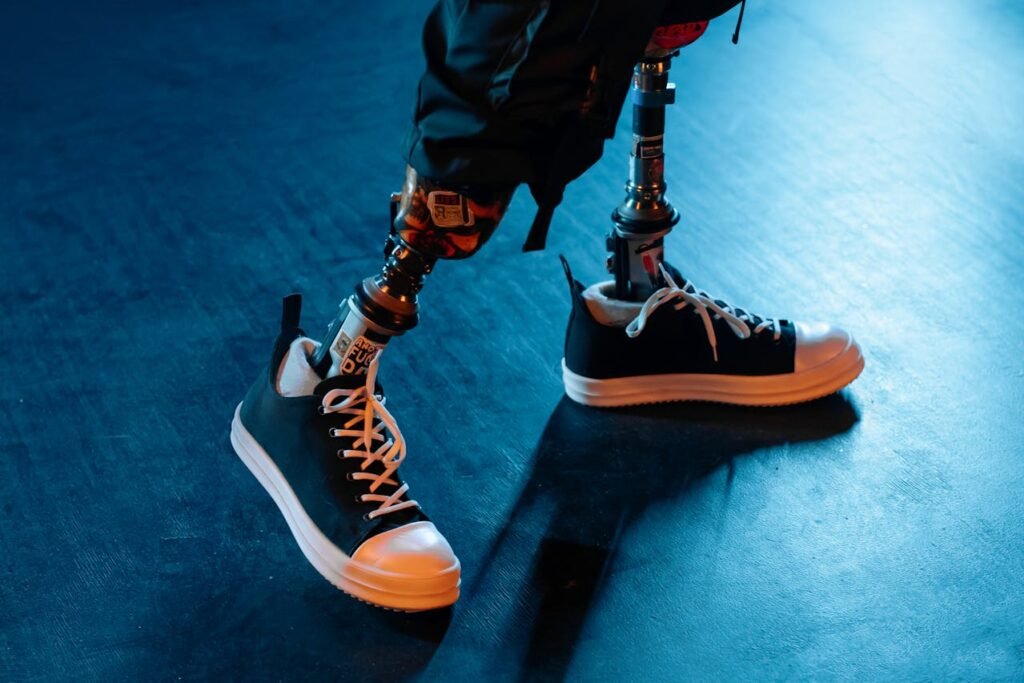
A Holistic Perspective on Choosing Prosthetics
Ultimately, the process of selecting a prosthetic limb is about more than finding the right device—it’s about empowering users to reclaim their independence, confidence, and quality of life.
Businesses that embrace this holistic perspective will not only meet the practical needs of their users but also inspire trust, loyalty, and positive change.
This approach requires a commitment to innovation, inclusivity, and user-centric design. By prioritizing education, collaboration, accessibility, and long-term support, businesses can redefine the prosthetic selection process as a journey of empowerment and transformation.
Conclusion
Choosing the perfect prosthetic limb for everyday use is a journey of self-discovery, planning, and collaboration. By understanding your needs, exploring available options, and working closely with a skilled prosthetist, you can find a device that empowers you to live life on your terms.
For businesses, this journey represents an opportunity to deliver solutions that prioritize innovation, comfort, and user experience. By focusing on accessibility, customization, and long-term support, manufacturers can create prosthetics that not only meet functional demands but also inspire confidence and independence.
The right prosthetic limb is more than just a device—it’s a partner in your journey toward mobility, resilience, and fulfillment. With the right approach, this partnership can transform challenges into opportunities and redefine what’s possible in everyday life.



